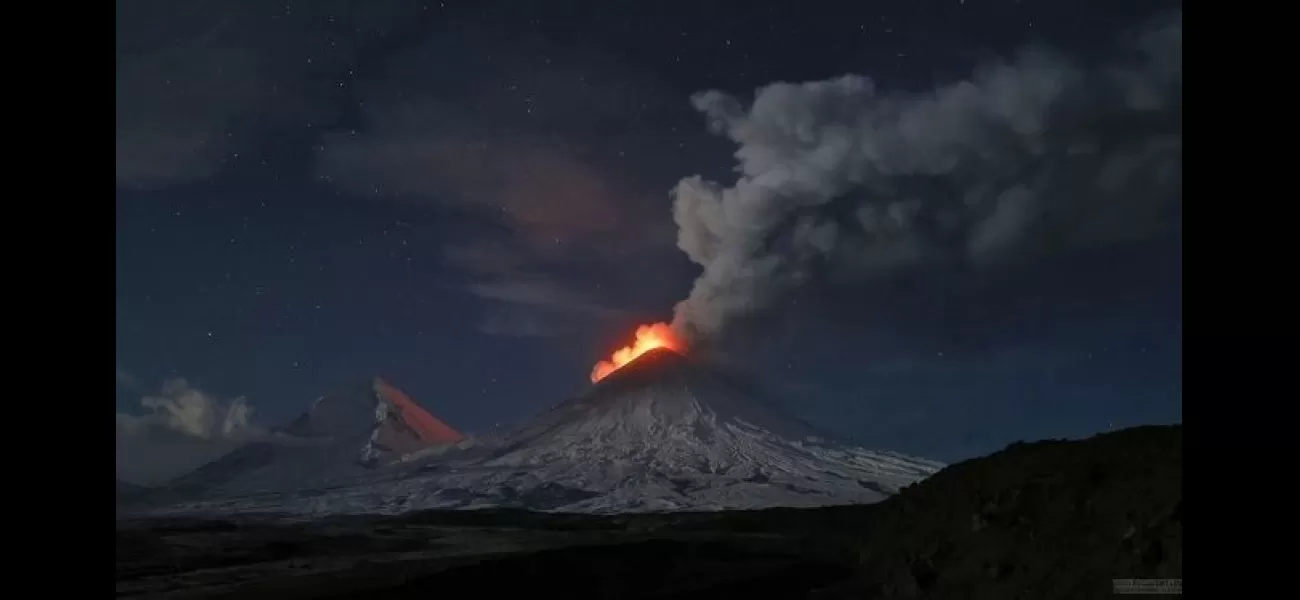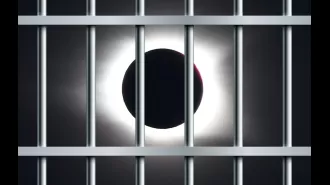Eurasia's highest active volcano erupted in Russia's Kamchatka Peninsula, sending massive ash columns into the sky. Visuals of the eruption have surfaced.
November 2nd 2023.

On Wednesday, the highest active volcano in Eurasia, the Klyuchevskaya Sopka, erupted on Russia's Kamchatka Peninsula, sending ash 13 kilometres into the air. In response, authorities in the two towns of Ust-Kamchatsk and Klyuchy, which are each home to about 5,000 people, closed the schools. Klyuchy is located about 30 kilometres from the volcano, and Ust-Kamchatsk is about 50 kilometres away.
The 4,650-meter stratovolcano has been active for centuries, with the first reported eruption occurring in 1697. Since then, it has erupted more than 110 times during the Holocene Epoch. Recently, the volcano has been sending out lava since June, and Russian authorities predicted the most recent November 1 eruption after observing increasing activity on October 30.
In order to ensure the safety of the local population, officials have warned against visiting the eruption site. However, the damage has already been done, as the ash has been dispersed across the North Pacific.
The Kamchatka Peninsula, which is located about 6,700 kilometres east of Moscow, is known for its many active and dormant volcanoes, geysers, and thermal springs. It is a sparsely populated region, and the recent eruption has caused locals to be displaced. Thus, the students of the two towns are now meeting under trees instead of in schools, as the buildings are being used to shelter villagers from the danger of the volcano.
The 4,650-meter stratovolcano has been active for centuries, with the first reported eruption occurring in 1697. Since then, it has erupted more than 110 times during the Holocene Epoch. Recently, the volcano has been sending out lava since June, and Russian authorities predicted the most recent November 1 eruption after observing increasing activity on October 30.
In order to ensure the safety of the local population, officials have warned against visiting the eruption site. However, the damage has already been done, as the ash has been dispersed across the North Pacific.
The Kamchatka Peninsula, which is located about 6,700 kilometres east of Moscow, is known for its many active and dormant volcanoes, geysers, and thermal springs. It is a sparsely populated region, and the recent eruption has caused locals to be displaced. Thus, the students of the two towns are now meeting under trees instead of in schools, as the buildings are being used to shelter villagers from the danger of the volcano.
[This article has been trending online recently and has been generated with AI. Your feed is customized.]
[Generative AI is experimental.]
0
0
Submit Comment





